Replacing your traditional file server with Microsoft Teams and OneDrive, part 2: How to make it happen fast
As promised, today I am going to show you how easy it is to replace your legacy file server and network drive experience with Microsoft Teams and OneDrive. Seriously, anyone can set this up, and it takes just a few minutes. Pre-requisites are:
- Windows 10 Pro (Creators Update or later) – you will need this for the latest OneDrive client & Files On-demand
- A Microsoft 365 or Office 365 subscription that includes access to Microsoft Teams and OneDrive for Business
- Willingness to try new things
Let’s go Teams!
Whether you are creating this team for your own department, or if you’re an IT admin like me, who will be provisioning all of the departments at first, we start in the same place (that is to say: this process is very accessible to non-technical folks). Go to https://teams.microsoft.com and sign-in. From here, you can optionally get the app from a link on the left menu (recommended). Otherwise, just go ahead and click Create team!
Name the team for a specific business unit or department within the organization, in this case “Sales Department.” Click Next.
You can either add members individually, or, if your organization already has a distribution or security group containing all the department members (as many organizations do), then you can use that to invite all the members. Either way, everyone you add to this list is being added into a new Office 365 “Group” in the background, which will automatically grant them access to all of the shared resources within the Team.
Now we can populate some channels. I like to think of these as the major “sub folders” or “sub groups/functions” within the department. Note: every channel you create will automatically create a sub-folder under the “Team” document library within SharePoint. In most any sales team, channels or “sub-folders” could be things like:
- Inside sales
- Outside sales
- Sales engineering
- Process and procedures
- Marketing materials
- Etc.
Click on the ellipses and choose Add channel.
Simply give it a name and click Add. Optionally, you can “favorite” the channel (so that everyone in the group sees it in their Teams application by default–this is recommended).
Once you have your channels created, go ahead and click on the Files tab within any given channel. Notice that you can Add cloud storage–this option includes third party clouds (not just Microsoft), so if your department already has a Dropbox folder they are using, no problem. You can link it up in here also. For the purposes of continuing with our demonstration, however, just go on to the ellipses and choose Open in SharePoint.
Here we are looking at the same file folder that we had inside Teams. Now, I launched this link to SharePoint from within a specific channel, which means I am already inside a “sub-folder” of my Team’s Documents library. The “top level” is named “Documents,” and you can get to the top-most level just by clicking on Documents, on the left.
Notice how I can see sub-folders here for all of my channels. If you want to sync this entire file tree into your file explorer, just like a network drive, simply click on Sync, in order to launch OneDrive.
You will likely be prompted to switch applications, which is a security feature. Answer in the affirmative to proceed.
If you have not yet signed into OneDrive on this computer, you will be asked to at this point. Otherwise, you can fast forward the next couple of screens that I will go through here. Click Sign in to continue.
Once you have authenticated, you can optionally change the location where it will store files on your computer, I usually just accept defaults and Next.
Now it will bring you through a few introductory screens to show you some examples of what is possible using OneDrive–highlighting some of its features such as Drag’n’drop (which should be familiar from using file explorer in general), Files On-Demand, and of course the built-in sharing capabilities. Eventually you reach this point, and then will be taken to your familiar file explorer. Click Open my OneDrive folder.
If you had already setup OneDrive previously, then you’re probably taken right to this screen from the get-go, or, it just happens in the background and you can switch to file explorer yourself to see the new directory structure show up. Your company’s name will appear as a work place, with any folders that you are syncing displaying below. From here, it is literally just drag-n-drop relevant files from legacy network drives. Don’t move too many files at once (the idea is less clutter, remember?), and you may occasionally have to rename a file with an “illegal” character.
Under the status column you will notice that little cloud icon, meaning none of these files will actually live on the device by default. If you want to change that, to work on some files offline for example on a long flight, you can just right-click and choose the option Always keep on this device, and you end up with a green check mark icon, indicating that the file is synced. (If you change your mind later use “Free up space” which will shift it back to the cloud icon).
Ta-da! Synced.
Beyond file sharing–what else can Teams do for my organization?
So that was just an example of how you can use your Teams to create file structures that can ultimately replace those dumb, old legacy file servers. Teams and OneDrive can work together as one unit, to make access to company shared files a breeze. But, since Teams is much more than just a repository for documents, having that app will allow your departments to create organized channels for carrying on discussion threads. This goes way beyond email, folks. It is possible for example, for brand new hires who were just added to go back and review old discussion topics (try doing that with a distribution list).
AND, you can even record video conference meetings for future play back. Check it out, from inside a channel, start a meeting like this, just by clicking the video camera icon Meet now.
When you have started the meeting, choose the ellipses and pick Start recording.
I’m telling you, my curls are insane. I don’t know why I was blessed with such amazing hair.
When you are done with the meeting, if you recorded it, then the playback will be available in this channel, so that people who were not able to attend can still watch it as though it were a broadcast later on.
And that is just ONE of the cool features in Teams. If you want even more “mind = blown moments,” go click on the “plus” (+) icon at the top menu in any channel, and check out all of the items that you can pull into Teams–a whole gallery of goodies from the Microsoft universe, and indeed many other locations in the cloud multiverse! Add an RSS or Twitter feed for example, or connect to Adobe Creative Cloud, or if you just don’t like OneNote that much, try Evernote, or tons of other popular apps.
To be clear, this Teams app isn’t just a file sharing platform, or even a chat-based workspace. It is those things, but it is much more. So much more. Most organizations haven’t yet grasped everything that is possible with this platform–but those that figure it out will enjoy some nice competitive advantages (and a bit more mobility to boot). I believe we could end up spending as much time working within Teams, eventually, as we do in Outlook today. Maybe even more so, moving into the future. Granted, there is a lot to learn once you get started, but setting up your basic Teams and channels, and getting into the file sharing aspect might be one of the easiest ways to start up your adoption quickly (and of course, to get off those legacy file servers).
How to more aggressively drive adoption
If you want to really push people here, make it the easiest option. For this, I recommend two things:
- Do it for them: get IT to touch every computer, and every other device they (the users) want you to (within reason of course). Specifically, install the Teams application on Windows 10, and setup the OneDrive sync option for them so they can see their Teams in file explorer right away. Additionally, install the Teams and OneDrive apps on iPhones, iPads, and Androids–so that users can sign-into their conversations and files on any of their favorite devices–as long as they are current enough, and “supportable” of course. I recommend registering all devices with MDM or Intune, so that they can also be managed effectively.
- At a certain date, shut down write-access on the file server. I mean it–pull the plug, and make those directories read-only. Give users adequate heads up, of course. But explain that this is going to become a legacy/archive area only, and that the finance department is not budgeting to replace the server hardware in the next refresh cycle, so all new business will be conducted out of Teams and OneDrive.
I know that last point sounds scary, but it isn’t that bad. Plus, you can back old network files up to a NAS and/or other offsite cloud file repository if needed, and keep it for a few more years for reference, even after your server has long since gone on to server heaven (or server hell, as the case may be). Have fun with this, and when you’re ready to go all Office Space on your old file server, drop me a line, with a photo or link to a video so I can see how much fun you are having.

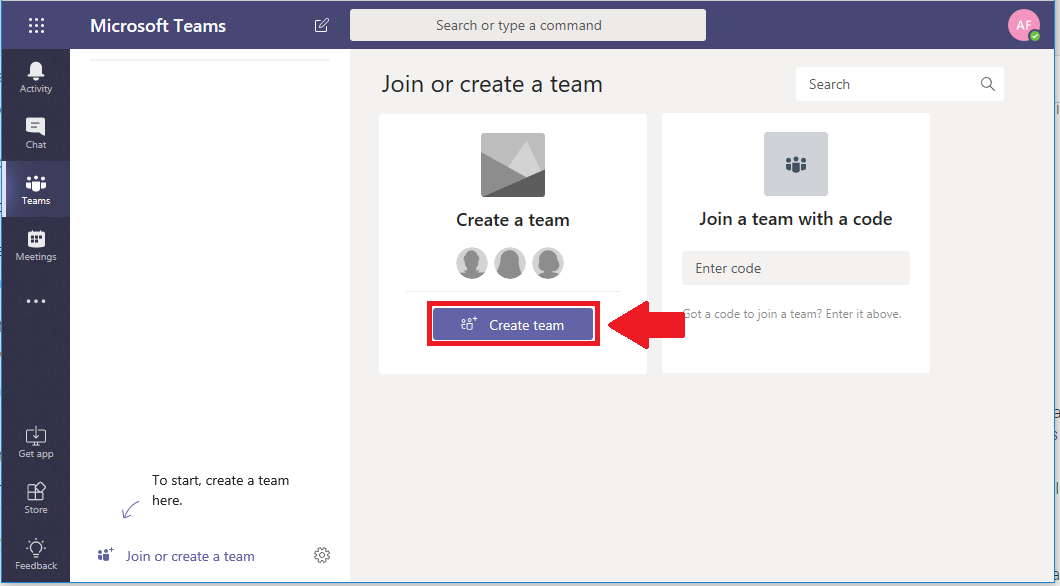

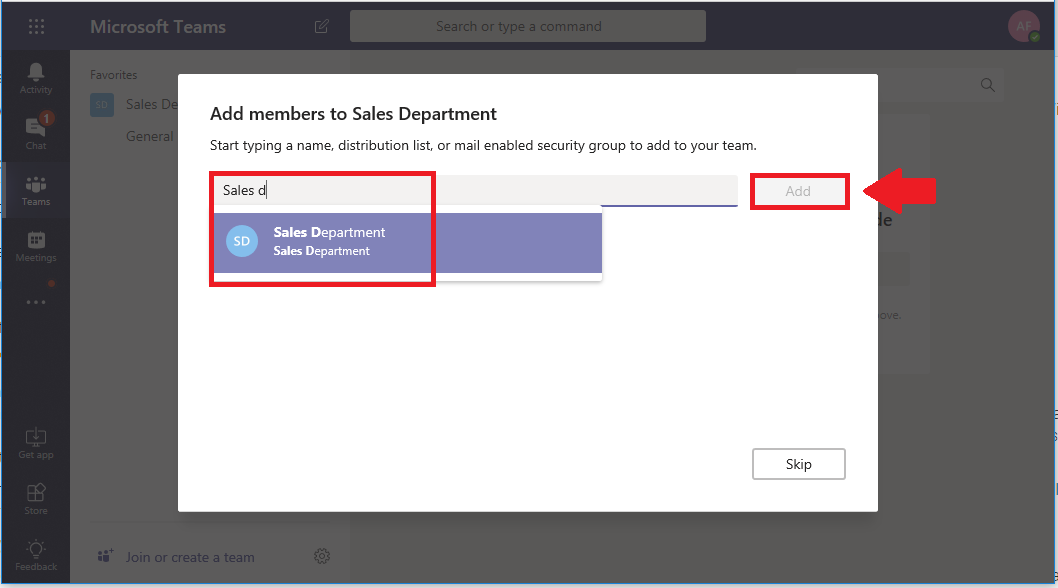
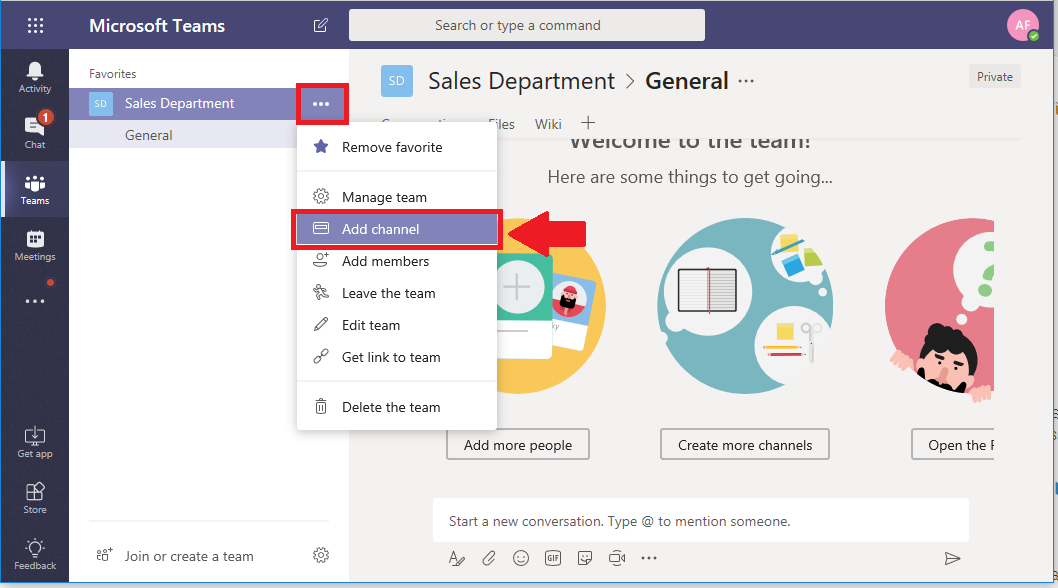

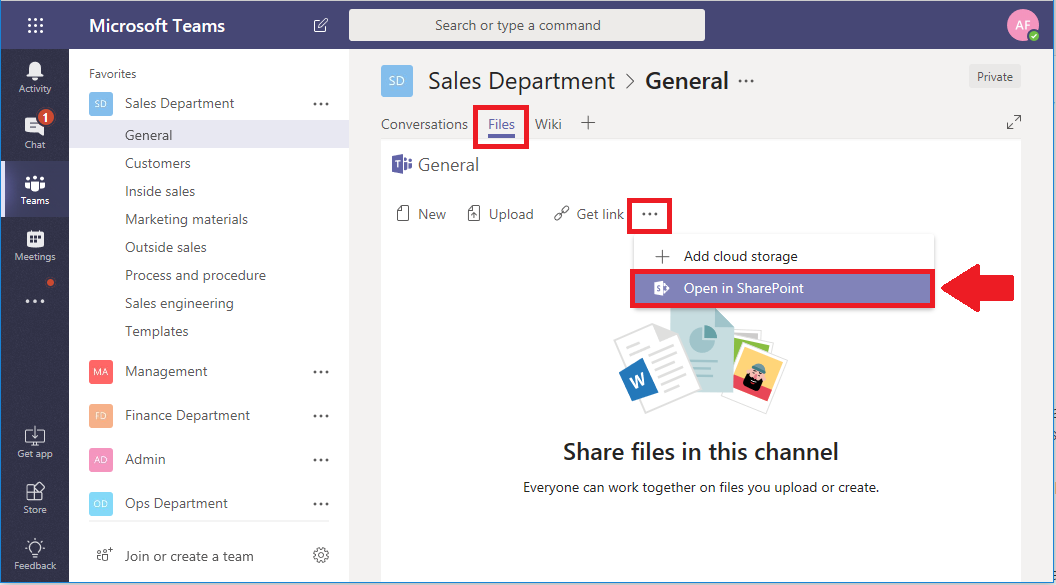

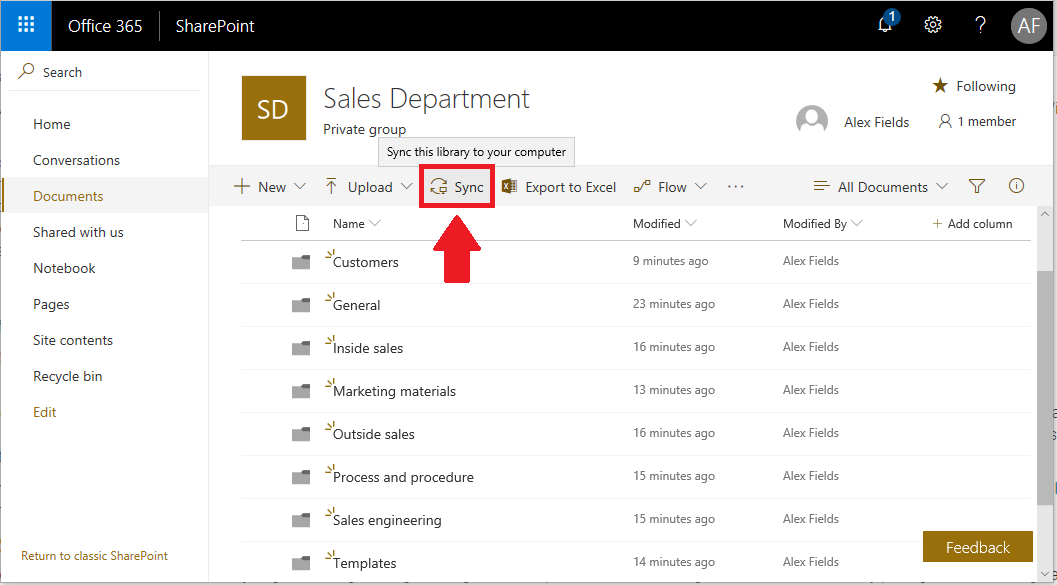
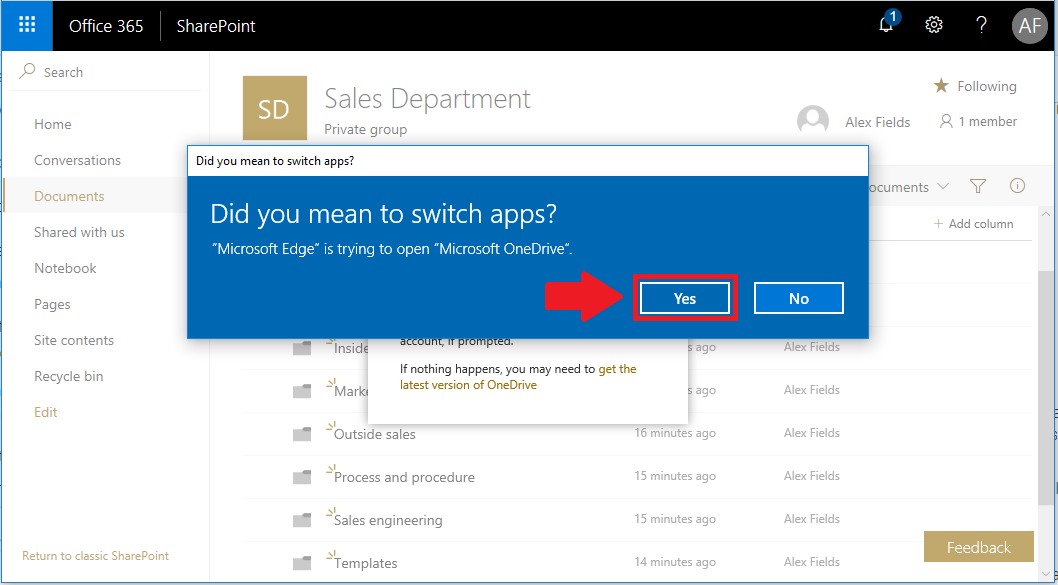
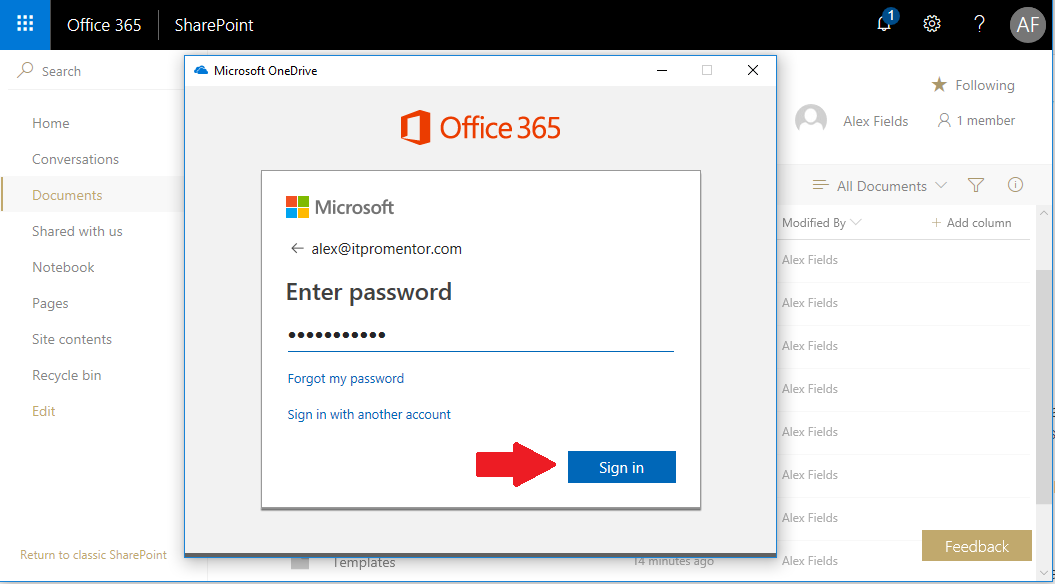
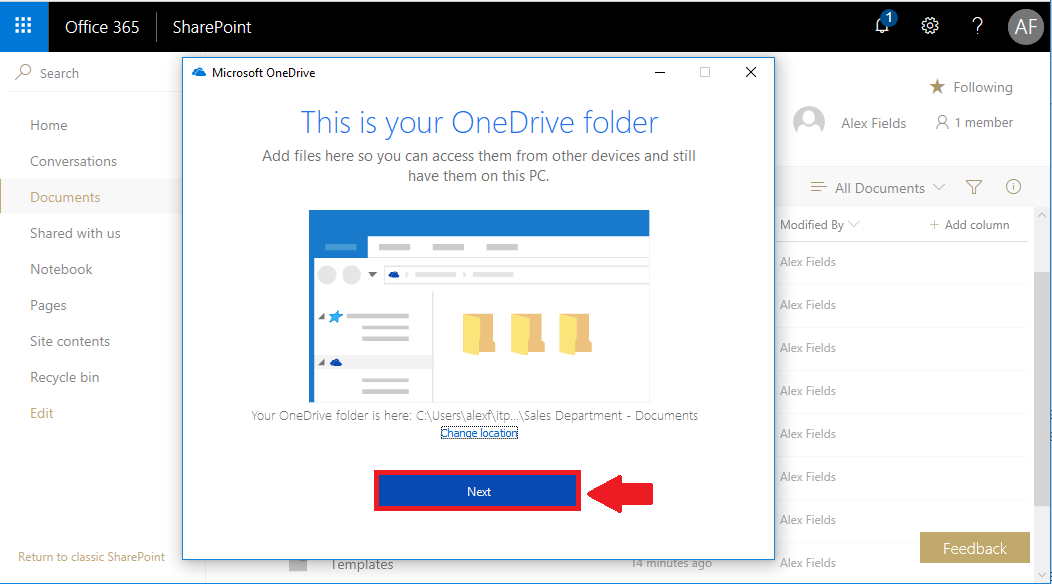


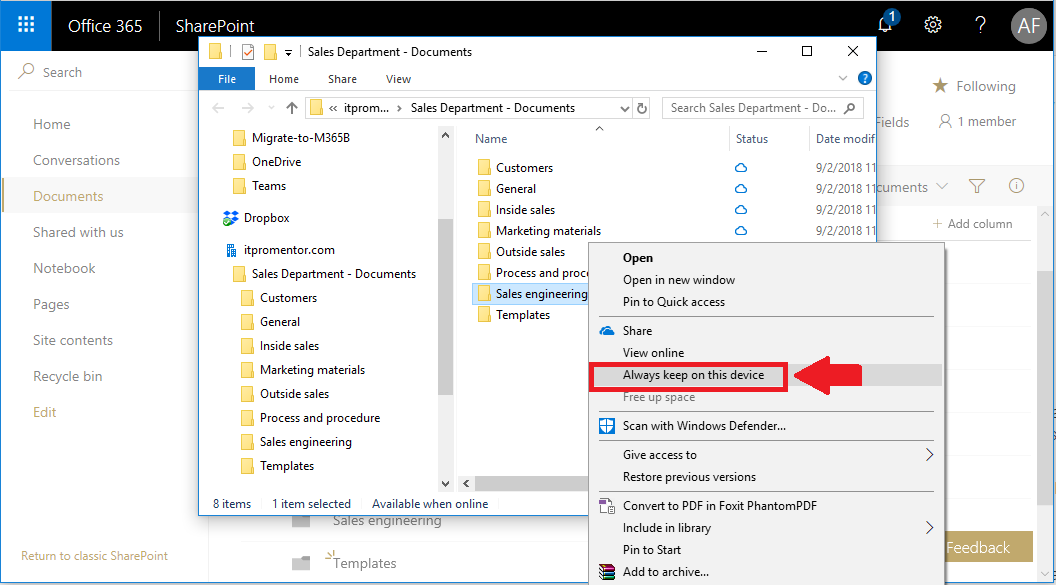

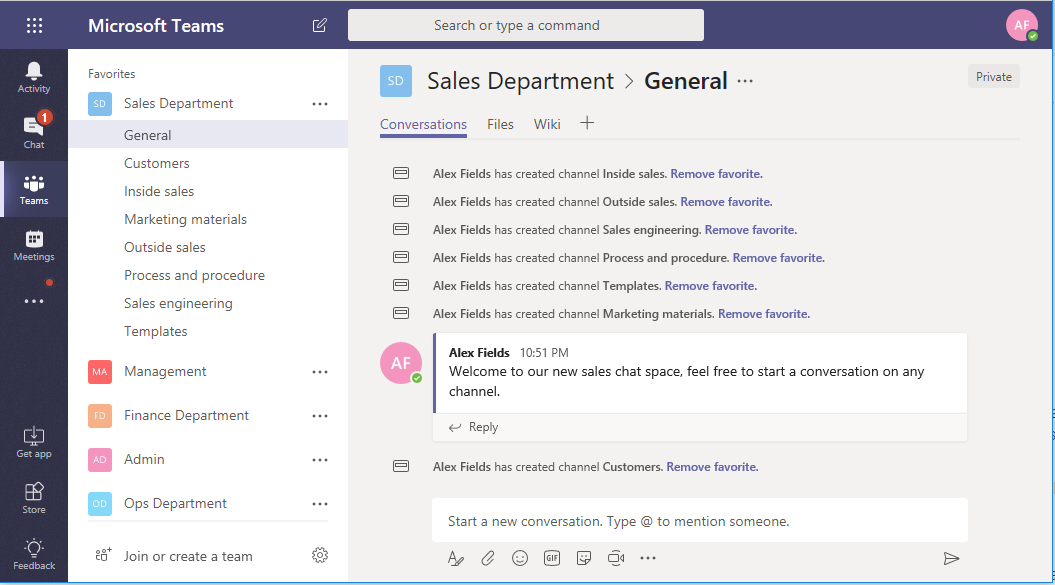
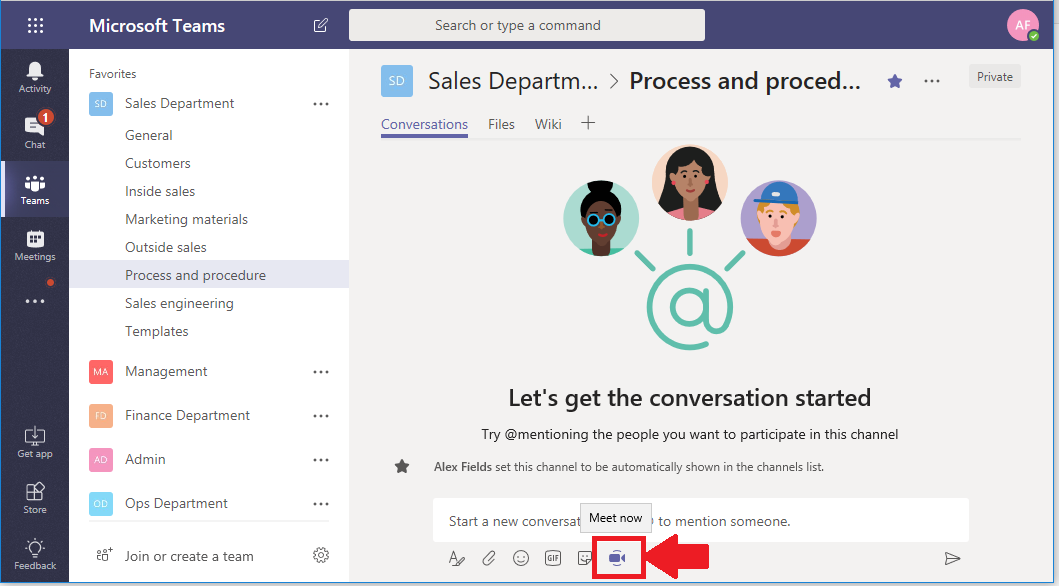

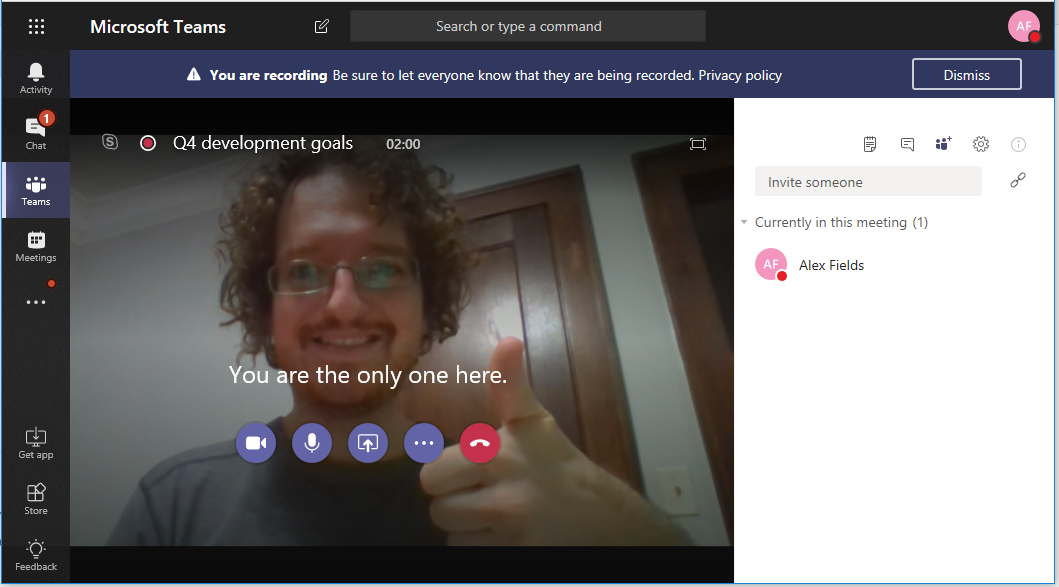



Comments (26)
Maybe something tot consider: add a separate library for the files that have to be migrated to ‘keep things clean’ and add that library as a tab in a channel of choice.
This is a good point–you can also add already existing SharePoint locations/libraries into a Team/channel.
And again, excellent reading stuff Alex, thx!
I was going to ask on how to integrate the existing share point site to teams here. I’m trying to figure it out now.
But anyway, great article Alex.
Many thanks for publishing this Alex – very interesting and helpful. The other BIG considerations for migrating file shares is permissions settings and version control. Are you considering articles to address these?
Sure, these are great topics!
This is a great read but I still forsee issues down the line with file permissions. We have top level folders and subfolders below with restricted access permissions. With onedrive/sharepoint/teams you can only really set these permissions at the top level right? Unless i’m doing something wrong it means a large company is going to have a lot of top level folders?
Through Teams, anyone who is invited to the team automatically gets access at that top level. In my opinion, nested folders with restricted permissions was always a PITA anyway, and could easily be avoided simply by having a Team who collaborates around for example, some confidential (financial) docs, etc.
You could of-course still have ‘shielded’ libraries on the associated Teamsite. Or, be patient until private channels arrive. They are in the works ;-)
Good planning is needed for this. If your Teams are starting off as file share replacements, currently you cannot rename a Team and have it flow to the SharePoint folder name. If you name something ‘File Share One’ in Teams, it will show up as File Share One in the company tree in OneDrive. if you then rename it to ‘Accounting’ in Teams – it will continue to show up on the user’s PC as ‘File Share One’.
Yes, but don’t overthink it either, many small businesses have departments or groups already that map more or less to a few drive letters. I suggest that “Sales” or “Accounting” or “Admin” could simply be a Team, much like it is a mapped drive that your department shares. The most important thing to keep in mind is that as of right now, we do not have “private channels”–which means the “team” is your security boundary–so you can only create access list based on team membership (you would not be able to nest a folder with more restrictive access very easily under your team–instead you’d need a different team).
Hello,
This is very cool. My organization has started using MS Teams and driving its use is a bit slow. This write-up comes at the right time and I am inclined to try it out. However I have two questions.
1) How do you drive collaboration across a wide spectrum of employees when MS intune access is limited, by organization and IT policy, to just a handful of employees who are on management cadre? Management to non-management ratio is about 1:4.
2) How do you ensure backup and recovery for files and folders stored in MS Teams/Onedrive/sharepoint especially when it will be used by a wide range of users with varying degrees of computer literacy?
Thank you.
1. In my opinion we should be really pushing orgs to have 100 percent coverage of management in EM+S or Microsoft 365, not just selecting it for a few “special people.” Did you only join that group of users to your traditional AD domain? Only apply Group Policy to 1/4 of the users? Hell no. And that’s why you shouldn’t look at EM+S as just a “nice to have” add-on for a select few. It is the THE management platform now. No more excuses–everyone needs to be managed via the same pane of glass. However, this is a different problem than driving adoption. Users want to have app-based access to files. It is more accessible on mobile that way. Use OneDrive app or Teams app, and bam, all files right there. No clunky VPN, nothing like that. It sells itself. But you want to have all those devices enrolled, right, so you can turn on Conditional access and so forth. So position the future–show them what good looks like, and highlight the gaps they need to close, in order to get there.
2. I have a very recent article about backup. There are third party tools that generally support OneDrive and SharePoint libraries (SkyKick, Cloudfinder, I think ShareGate might have something, etc.), but you can also just evaluate what 365 has to offer with its tools. Look at Retention policies (part of data governance). There are some built-in protections that keep data for a certain time period after deletion also.
Hello once I do the share point site and did the sync and keep always on computer all that work fine
Mow I want to map that SharePoint share site as drive latter and I follow the direction and it did show
as map drive but once I reboot the drive the map drive does not connect and when I try to open
it say you have to add the to secure site on ie11 and say you have to save when you sign as admin and I did all that so what I doing wrong please advice
Who maps sharepoint sites as drive letters? That sounds… crazy. Maybe I misunderstand what you’re saying. With Windows 10 and the latest OneDrive client you just click Sync from the library in any browser, and it will launch OneDrive for Business and create a folder under an icon that looks like a building with your business’ name on it. No letter, just a library or folder name that you are syncing. You can see synced locations from the client settings > account tab.
Hi Alex,
I appreciate these guides that you’ve posted. They’ve helped inspire me to work on migrating our small company’s shared content away from our local plain old file server and into the storage that we already had as part of our Office 365 subscription. But I’m still a bit unsure about the best scheme for partitioning content and dealing with permissions, so I would appreciate any thoughts you might have on my approach.
On the file server, there is one giant share for which everybody has read\write permission by default, with subfolders that sometimes had restricted permissions as deemed appropriate. The general scheme I’ve adopted at this point of the migration is:
1. Disable creation of Office 365 groups for everybody except members of a “Group Administration” security group. This seems important to maintaining order.
2. Use your suggestion to establish a “fresh slate” by incrementally turning off write access on the server as a corresponding location has been setup in Office 365.
3. Create an Office 365 group \ team for each department or group that collaborates on specific content with limited scope.
a. Add “Everybody except external users” as a visitor to the Office 365 group site if the content should still be discoverable for the rest of the company.
4. Use a single “All Company” group \ team site for content that is of general relevance and isn’t specific to a set of collaborators.
a. Add channels to the “All Company” team for discrete topics (each of which creates a subfolder in the site library).
b. Use the “General” channel as the catch-all for content that doesn’t fit into a separate group or channel.
So far this seems to be working fairly well, but there are two prominent quirks that have been bothering me:
1. The content which resides in a dedicated group site but is still viewable to everybody else isn’t readily discoverable via the normal interfaces (at least compared to people being used to just going to share and finding or creating the right folder). To work around this I’ve been adding channels to the “All Company” team which have the same or similar title as the group. Then within the channel in Teams, I use “Add cloud storage” to create what is effectively a symbolic link to the library on the group site. Now people can find the content on the dedicated group sites from within the channels \ subfolders of the “All Company” site. This works great for teams, but that link isn’t visible in the SharePoint or OneDrive interfaces.
a. Since the channel’s link to the group library is read-only to non-members, I sometimes also add a “Submit” folder within the channel. Then parties with read-only permission can use that to suggest new content for the group.
2. It is often the case that only a subset of the content which is specific to an Office 365 group should be discoverable by everybody else. This is addressed by the workaround noted as above, but in this case the group site visitors do not include “Everybody except external users” permissions. So if somebody outside the group tries to navigate to the group library via the link, they won’t be able to see anything. However, the channel \ subfolder under “All Company” can still be used by the group to publish the content that everybody else should have access to.
These workarounds seem to work pretty well within the teams interface. It’s pretty straightforward to locate everything and manage permissions. If MS expanded the linking feature so that those “symbolic links” appear in the SharePoint and OneDrive interfaces then I would be pretty happy with this scheme, but for now it feels a bit kludgy. What do you think of this approach? Do you see any particular weaknesses, or better ways to address the quirks I noted? Thanks in advance.
That is an interesting solution. I usually bemoan the lack of feature parity in the other direction–I wish that Teams and the OneDrive client had more of the features of SharePoint. Being able to quickly sort by views and metadata, etc. Anyway, I guess I don’t understand well enough your environment, and why not link in the other direction? Like if you have content that everyone needs access to, then it should live in a group where everyone is a member, right? That could work, i think. Like Marketing publishes material that anyone can use–that doesn’t live in the Marketing Team / Site, but rather in the All Company Team / Site under Marketing. Have a symbolic link in the Marketing area that links to that storage location or whatever, or a Flow that copies and updates data in the company-wide location, when Marketing publishes changes to their “ready for production” folder or something like that? Just an example, and thinking out loud.
Thanks Alex. I guess I’m thinking in terms of content ownership, that when a particular group owns the content and everybody else is only going to be consuming it, then from a structural and permissions level it makes sense to put that content on the group’s site. If I were to instead put that on the All Company site then we would have to start doing the shared drive thing of assigning granular permissions on subfolders. Do you think there are technical or practical reasons to prefer managing read-only access at the folder level instead of at the group site level? I do see the benefit of discoverability, but I thought maybe I could replicate that with the channels (at least in Teams). Maybe it will end up that the resulting limited discoverability in SharePoint and OneDrive will eventually push me toward that solution.
PS: I didn’t get a notification of your response even though I checked the box, and a message trace tells me nothing ever came from @itpromentor.com, so I don’t think it was filtered out.
I would lean instead toward Flow then. Example, content lives in the Team for that department. When they are ready to publish to SharePoint they click their flows > Publish to SharePoint which copies the content, but maybe even as a PDF or rights protected document to the destination location. I don’t think responses come from ITProMentor but rather wordpress or something. I will have to test it…
Thanks for taking the time to share your thoughts. I abhor creating redundant copies of content, and we’re not talking about content that would fit into the rights protection domain, so I think I’m going to keep going down this path for now. When MS releases private channels that might cause me to re-evaluate. Or if they ever released something like symbolic links for cloud storage, that would eliminate the problem. Regardless, I’ll come back here and share an update if we ever decide that this scheme isn’t working and we need to make a change.
FYI – the emails do come from wordpress.com and there was a confirmation email I missed, so that explains why I didn’t get the responses. My bad.
Good Day Alex,
I have a question on permissions. Can I email you?
You sure can. My contact page has a generic form you can use.
Great article, how can I automate this though?
DO NOT attempt to automate this. Fool’s game. You cannot just treat a digital transformation effort like a traditional migration–you’re doomed to fail. It is not possible to just migrate files from a traditional server environment into a brand new UI and layout, etc. and have that be invisible to the end user. The users must be involved in the transition and decide where they want what files to go.
Interesting article, very useful.
I have an additional situation to migrating File server to O365 tools. Currently, in Fileshare, there is VBA code and MS access database connected to it.
End-user opens a .accdb file form and enters basic project details (Project name, country, client name, contact details, PM details etc etc.). User fills the form and click on button ‘Create Project folders’. It then triggers VBA code to create a project folder (eg. Fr_TMobile_2) in Country folder (e.g. France). This new project folder contains 4 sub-folders and each has defined ‘multiple’ documents ( min 2 and max 10) based on the entries in ‘Initial VBA form’.
Additionally, VBA code writes into all these WORD documents using ‘Content Controls’ some values like Project name, country, client name, contact details, PM details etc etc.
This whole system currently prepares 70% of the folders structure and documents. Rest 30% of project specific deliverables are still to be entered manually.
Another benefit is : If someone edits any field in Access form at any stage, all the documents register the change. and the other way round, if I open any document in that project folder and edit any ‘ Content control’ field ( e.g. Client contact person name), all the other documents in that project folder and Access DB registers that change. This is vey useful for field engineers, as they can just edit at one place and everything else gets updated automatically.
Now you might think, if its that good, why move to O365. Because currently sub-folders can only be created until 4 levels. if someone creates a 5th sub-folder (e.g. archiv), that specific project structure will break, because the code will break. Additionally, there is a lot of email comms due to files lying here.
I understood your above approach.
I will create one TEAMS for each country and their projects as ‘Channels’. There should be existing ‘country groups’. So permissions should not be an issue.
Issue is to recreate above automation and filling these Word documents to a certain extent (if not 70%, at least 50%).
Most critical point is – changing one document field MUST change the same field wherever it appears for the same project ONLY.
If you need more details to think through, let me know.
Any thoughts or suggestions or approach is highly appreciated.
Regards,
Naincy
I see what you’re saying. In the cloud, you would probably need to use different tools, such as PowerAutomate and possibly PowerApps, to create a similar sort of situation. It would be nice if you could take the automations you built on an older platform and just lift them straight into the cloud, but unfortunately it would be a new build. Otherwise, instead of using OneDrive/Teams/SharePoint, you could look at Azure Files, which are basically just traditional SMB shares. But the problem there is, many orgs will block SMB outbound (so cloud-hosted SMB shares may be difficult). They have another solution called Azure File Sync which still requires you to have a server, but it syncs all SMB shares to Azure and turns the local file server into a mere “cache” of sorts that presents files locally. It is probably more work to update your workflows and automations in the cloud, but it may also be the most rewarding, with longer lifespan. So that’s probably the route I’d go. Maybe see if you can seek a PowerAutomate expert/MVP for help (not an area I do a lot in).